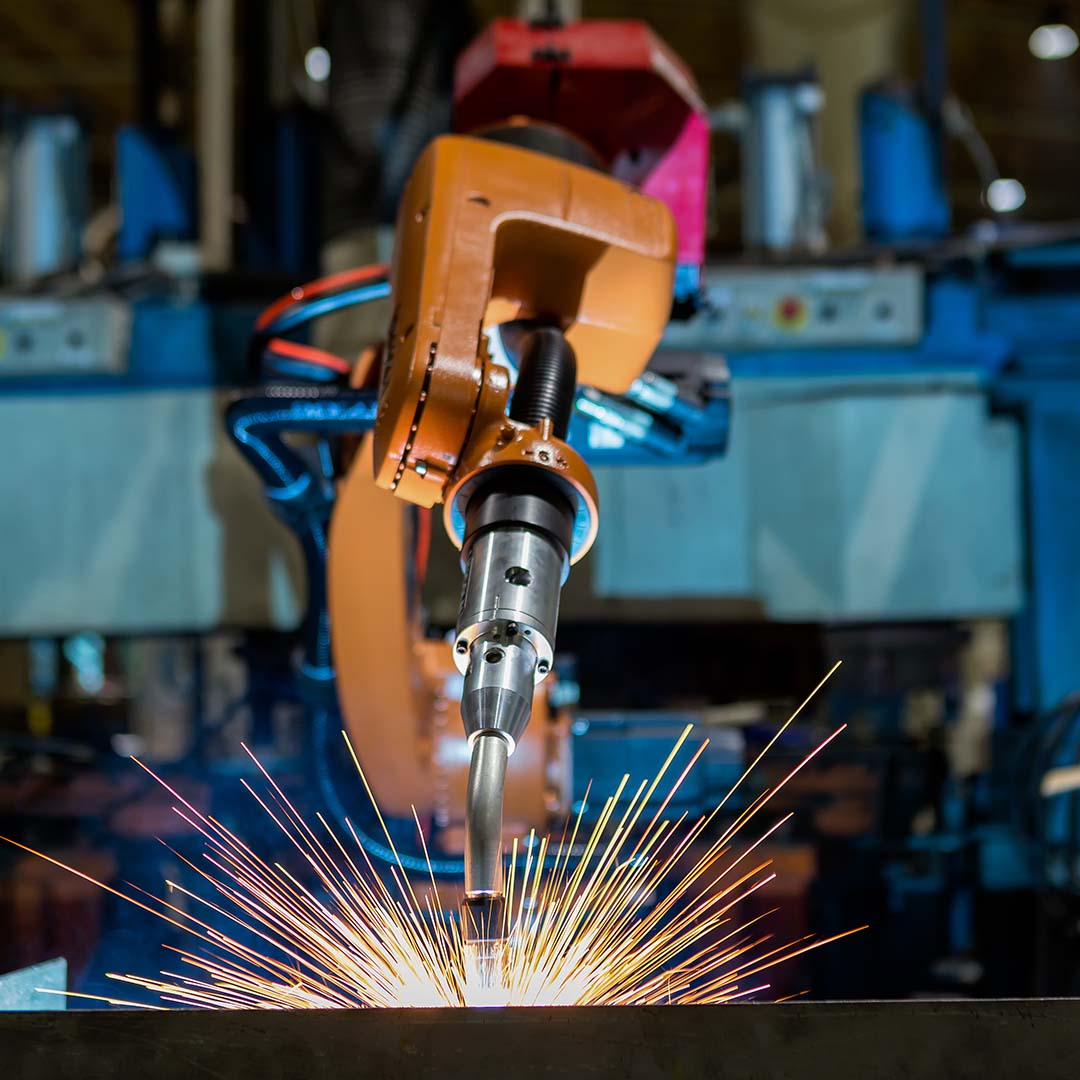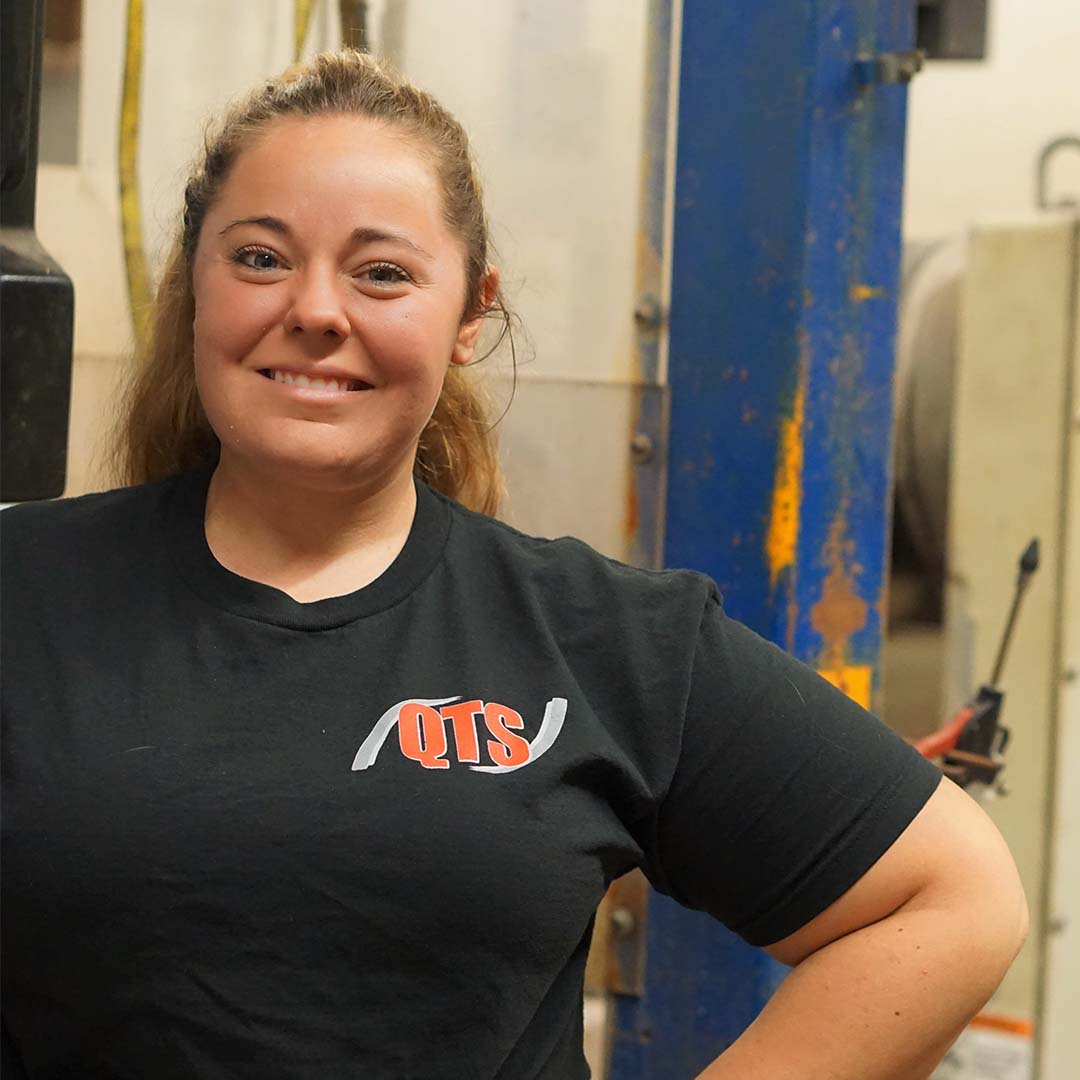Weld Fixtures

Weld Fixtures: Types, Applications, and Why Quality Design Matters.
This guide explores the different types of welding fixtures, key features of robotic and manual weld fixtures, and why trusting an expert partner like Quality Tool Service can make all the difference for your next welding project.
What Are Weld Fixtures?
Weld fixtures are tools used to hold and support the workpiece during welding operations. They ensure that parts are properly positioned, aligned, and held securely to allow for a consistent weld joint. A good welding fixture contributes to repeatability, safety, and accuracy. Whether the job requires tack welds or full welds, using the correct fixture type is essential for producing high-quality results.
Types of Welding Fixtures
There are several types of welding fixtures used in the manufacturing industry, each designed to accommodate specific needs and applications:
Manual Welding Fixtures
Manual weld fixtures are often used in small-scale production, custom fixture jobs, or when working with human welders. These are ideal for tasks that involve Sheet Metal parts or small parts, where flexibility and hands-on adjustments are beneficial. They are often mounted on a welding fixture table or used with strong base plates for stability.
Robotic Welding Fixtures
Designed for use with a welding robot, robotic welding fixtures offer precision and consistency for automated welding operations. These fixtures are engineered to integrate seamlessly into a robotic system, ensuring fast cycle times and consistent quality even in complex assemblies. They often use features like pneumatic clamping to minimize manual intervention.
Tack Welding Fixtures
These fixtures are specialized for holding parts in place temporarily for tack welds before the full weld is applied. They are commonly used in industries like automotive and HVAC machine manufacturing, where speed and accuracy are essential.
Assembly Fixtures
These are designed to support complete fabrication packages or production part assemblies. Assembly fixtures may include features such as layout tools, hold-down clamps, or mobile carts for better handling.
When to Use Manual vs. Robotic Fixtures
Manual Fixtures
Manual weld fixtures are ideal for custom, short-run projects or when working with various types of weld joints. They’re flexible, cost-effective, and adaptable. Manual tooling makes sense when welding steel structures or working on one-off parts with human welders.
Robotic Fixtures
Robotic welding fixtures are best suited for high-volume production and consistent, repeatable welds. When lead times and accuracy are critical, robotic fixture design becomes a game-changer. It also enables greater ROI by increasing productivity and minimizing rework.
The Quality Tool Service Difference in Weld Fixture Design
At Quality Tool Service, weld fixtures are the core of what we do. In fact, fixture design and build services account for more than half of our annual sales. Our business is built around delivering accurate and robust fixtures that withstand the demands of production and maximize ROI.
Designing and building a weld fixture package requires exceptional detail and expertise. Mistakes in fixture design can cost a great deal of time and money. That’s why we apply surgical-like precision and a proven process to every welding project we take on.
We specialize in both robotic and manual weld fixtures for various welding applications—from arc welding and TIG Welding to automated solutions for complex assemblies. Our in-house team of project managers, fixture designers, and manufacturing engineers is equipped with the latest Technical Resources and tools to create custom solutions tailored to your needs.
What Makes a Good Welding Fixture?
A good welding fixture should be:
-
- Durable: Able to handle heat, pressure, and stress from repeated use
- Accurate: Maintains alignment for a proper weld joint every time
- Adaptable: Compatible with various types of welding fixtures, including robotic or manual systems
- Efficient: Reduces setup time, increases output, and contributes to consistent quality
Materials used also play a role. While steel and cast iron are commonly used for fixture bases, modern fixture plates may also incorporate materials suited to flat surfaces or specialized processes.
Fixture Tools & Accessories
Beyond the core fixture design, other tools and components enhance the function and usability of welding fixtures:
-
- Base Plates and Fixture Plate setups for a stable foundation
- Hold down clamps and Corner Joint Clamps for secure placement
- Angle Finders and Bend Protractors for precision alignment
- Welding Table Clamps for modular setups
- Exhaust Welding Clamps and Pipe Clamps for niche applications
- Bead Rolling, Punching Tools, and Annular Cutters for advanced tasks
Whether you’re assembling a welding station with Strong Hand Tools, adding a Jig-Mate Articulating component, or simply managing your shopping cart of items, having the right combination of tools is key to productivity.
Case Study Example
Let’s say a manufacturer is building new products for the HVAC sector, working with stainless steel sheet metal parts that require tight tolerances. They have a short deadline and need consistent results across several hundred units. Quality Tool Service delivered a custom robotic fixture system that reduced cycle time, ensured consistent quality, and helped the client meet their production goal three business days ahead of schedule.
This type of result is only possible when you combine expertise, precision tooling, and smart engineering—all hallmarks of our approach at Quality Tool Service.
Why Partner with Quality Tool Service?
-
- Weld Fixtures Are Our Focus: It’s not a side offering—it’s our specialty.
- Proven Results: We’ve helped businesses improve lead times, cut down rework, and streamline their welding process.
- Full-Service Support: From concept to delivery, our team manages every detail of your fixture project.
- Great Deals and Fast Service: We structure every build for value, and our delivery timelines are among the best in the industry.
Whether you’re looking for manual weld fixtures for small parts or a full robotic fixture system for high-volume welding applications, Quality Tool Service can deliver.
FAQ
What is a weld fixture?
A weld fixture is a custom or modular tool used to hold parts in place during the welding process. It ensures correct alignment and positioning for a precise weld.
What is an example of a welding fixture?
A common example is a tabletop fixture used in arc welding that holds sheet metal in place while the welder applies tack welds and then a full weld.
What is the best material for welding fixtures?
Cast iron and hardened steel are popular due to their durability, stability, and ability to withstand high temperatures. The choice depends on the welding method and expected workload.
What is the tolerance of a welding fixture?
Tolerance can vary based on the application, but most high-quality welding fixtures are built with tolerances as tight as ±0.005 inches to allow for precision and consistent results.
Ready to level up your welding projects with better fixturing? Contact Quality Tool Service today to get started.
In the area? Stop by, see the facility, and we’ll send you off with a free cooler of local Wisconsin favorites.
